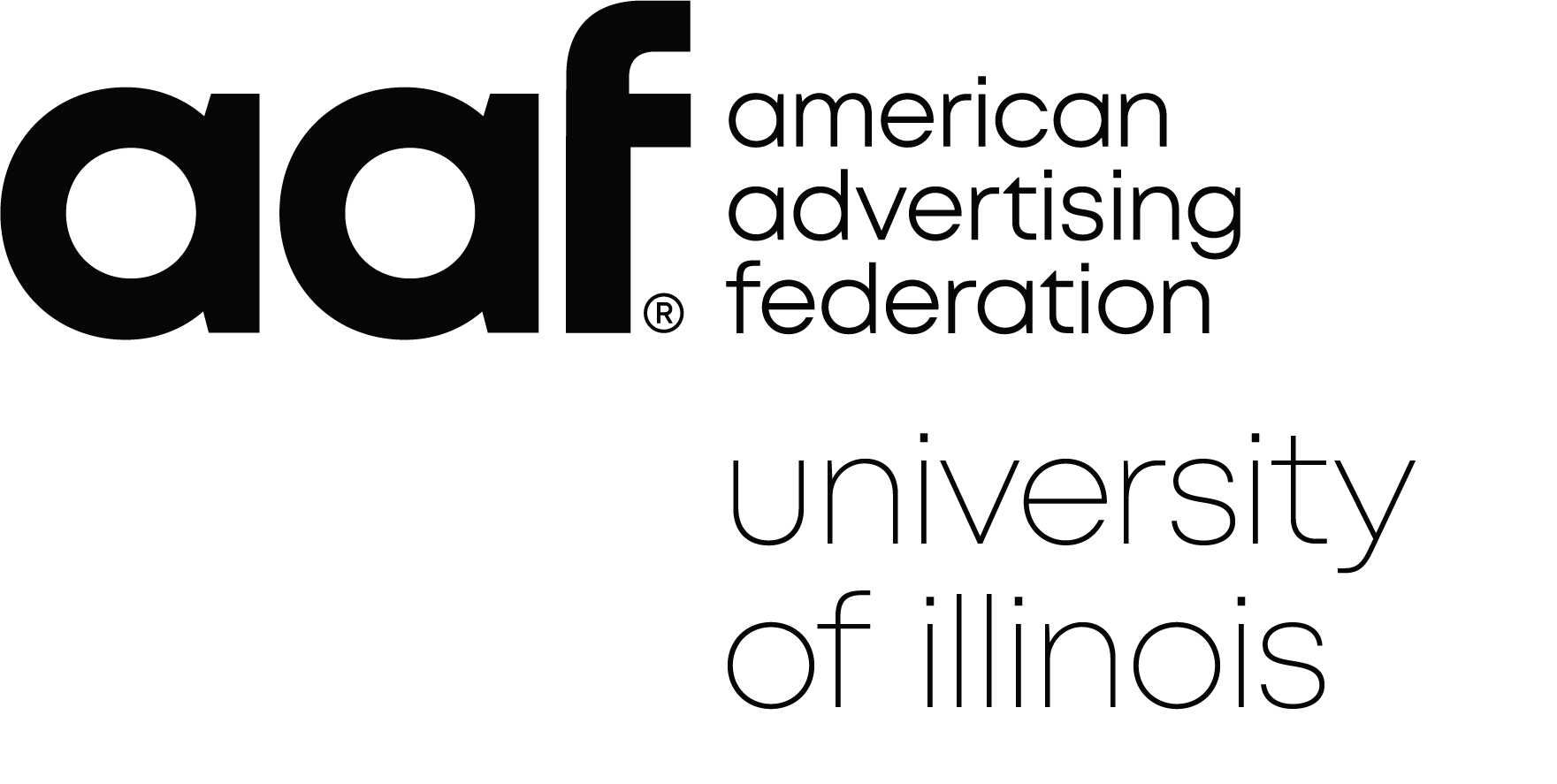Is This the Death of Creativity in Graphic Design?
There is a popular saying in the world of design that “form follows function.” In other words: Functionality should be the priority of any design an artist creates, and then the aesthetic can be shaped to accommodate it. Recently, it seems the world of graphic design has taken this saying deeply to heart, shucking the intricate logo designs of the past for modern designs rooted in minimalism.
Merriam-Webster Dictionary defines minimalism as, “a style or technique that is characterized by extreme spareness and simplicity.” It removes all the personal elements of an art form and leaves behind simple geometric shapes. Nowadays, companies prefer neat, simplistic designs to represent themselves. Take Instagram, for example. Its original app logo was an old-fashioned camera fitted with a realistic looking lens and flash. Today, the logo is a gradient of yellow, orange, pink, and purple with the white outline of a camera in the center. The modern-day logo is a skeletal version of the former, with a flare of color in the background for intrigue.
The Apple logo experienced a similar change. The company’s original logo was the silhouette of a bitten apple decorated with stripes in the pattern of a rainbow (The actual original logo featured Isaac Newton sitting under an apple tree, a depiction of his legendary discovery of gravity, but Apple only had that logo for a year before changing it to the aforementioned design). Today, after many evolutions, the logo is the same silhouette of a bitten apple but shaded entirely in black- much less visually engaging than the former logo.
Why is this change happening? Why have companies embraced the principle of “less is more” in recent years? Is this an omen for the death of creativity as complexity in design is forfeited in favor of simplicity? I believe all these questions can be answered with one word: technology. With the advancement of technology over the past 20 years, people have become less impressed with ostentatious designs due to the oversaturation of such images in everyday life. Walk through Time Square, and you’re bombarded with flashing lights and bright screens accosting pedestrians with stimuli. Computer-generated images in film and television look better every year. Imagine showing someone 40 years ago the visual effects in any recent Marvel movie, and they would probably have a stroke. Show that same scene to someone today, and they’d shrug it off. It’s harder to wow the average consumer into investing in a product by images alone, so companies decide to stop trying all together and embrace minimalist designs.
Another theory about why companies have embraced simpler designs is because of how busy and rushed customers are today compared to the past. People today are more impatient than ever. Living in a world where binge-watching, fast food, streaming, and Google exist, people rarely wait to have any of their needs met, so consumers’ tolerance for waiting has dropped exponentially.
“[Companies] don’t have the time to deal with design companies who can’t convey their personality and intent within the simplest possible graphic,” writes Medium. “In the past, companies who wanted to make a big impact would go big, bold, and even complex with their logo designs and websites. Today, simplicity is the key to success.”
So, what does this mean for the future of graphic design? The good thing is, graphic design will always be relevant. Companies will always need creative thinkers to figure out how to communicate with their target audience in engaging ways. However, the way in which this communication takes place may change. Medium suggests that graphic design is shifting towards more immersive trends. Consumers value experiences, and designers are being challenged to simultaneously provide that experience and keep designs simple. At the end of the day, it does not matter whether designs are extremely complex or overtly simple. So long as the message is clear and an impact is made on the consumer the design is a success.
Credit:


